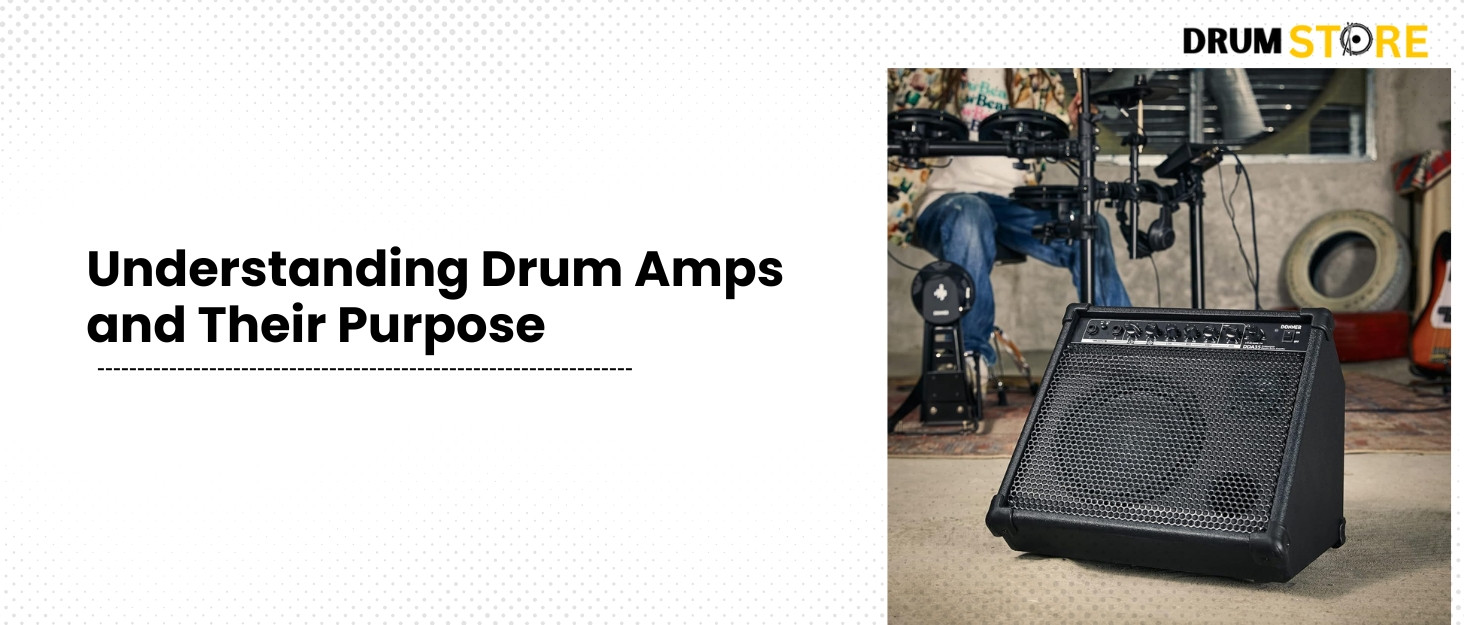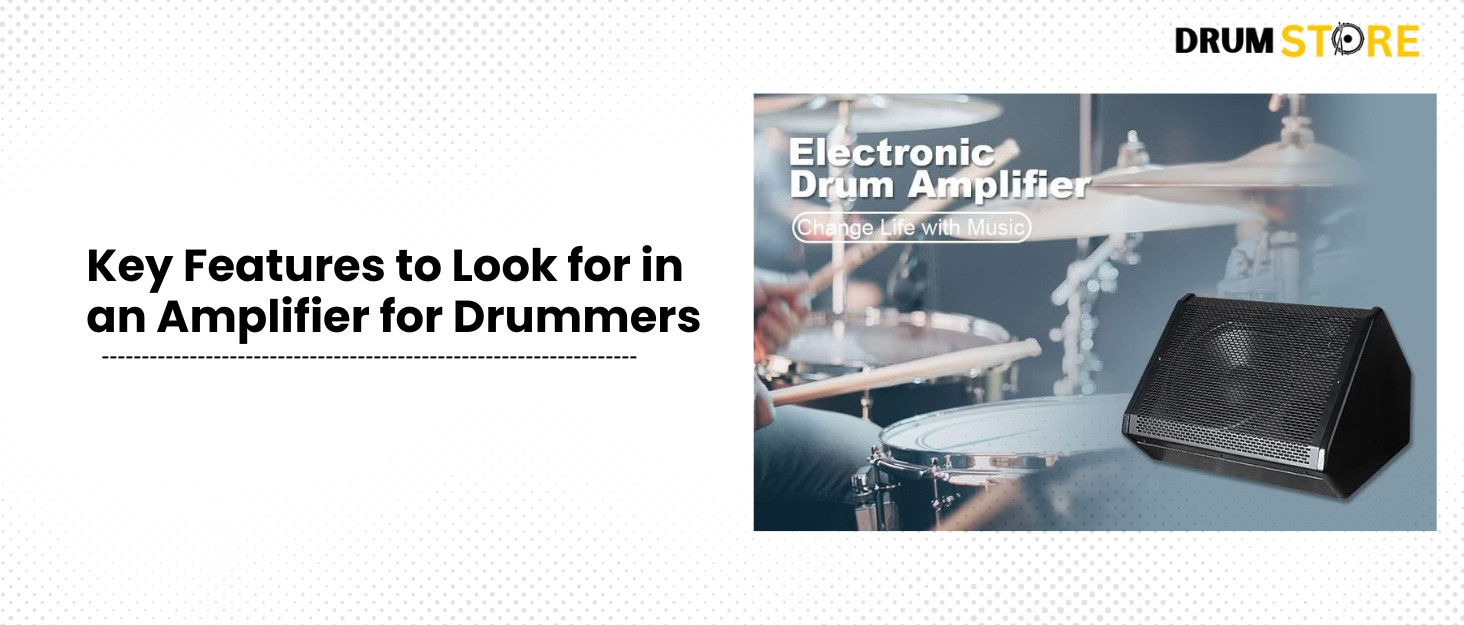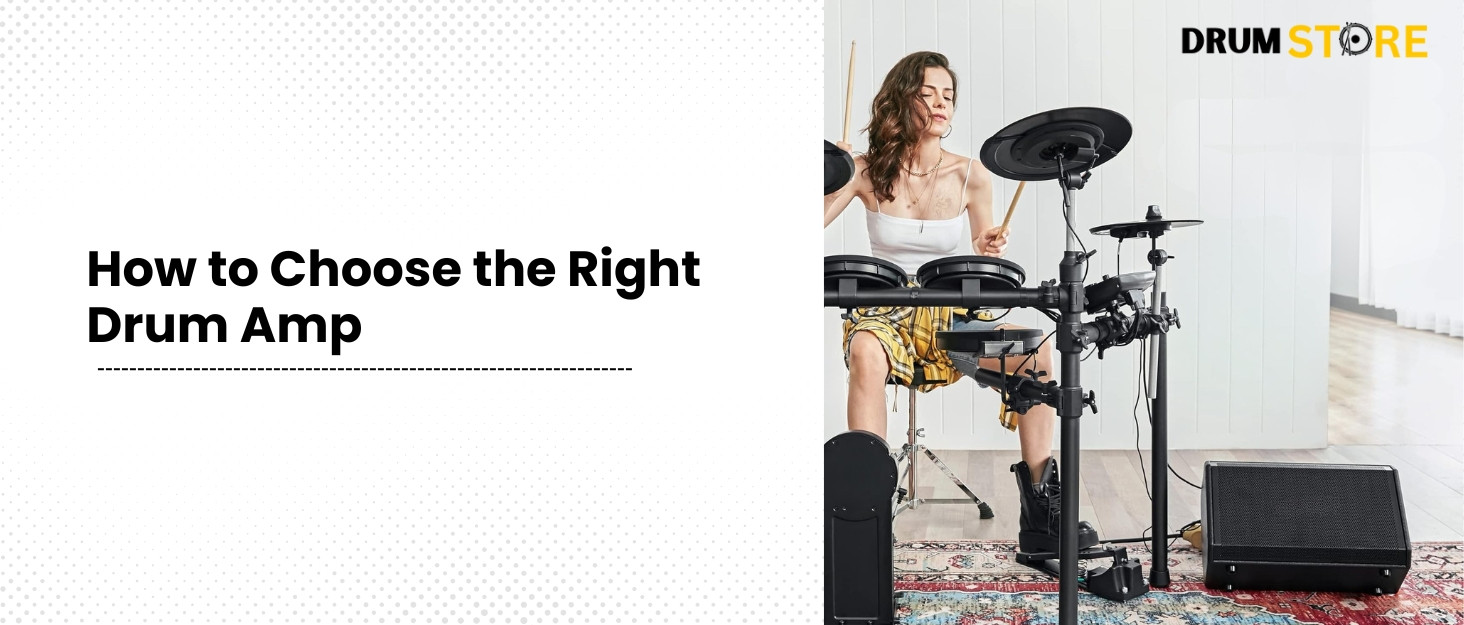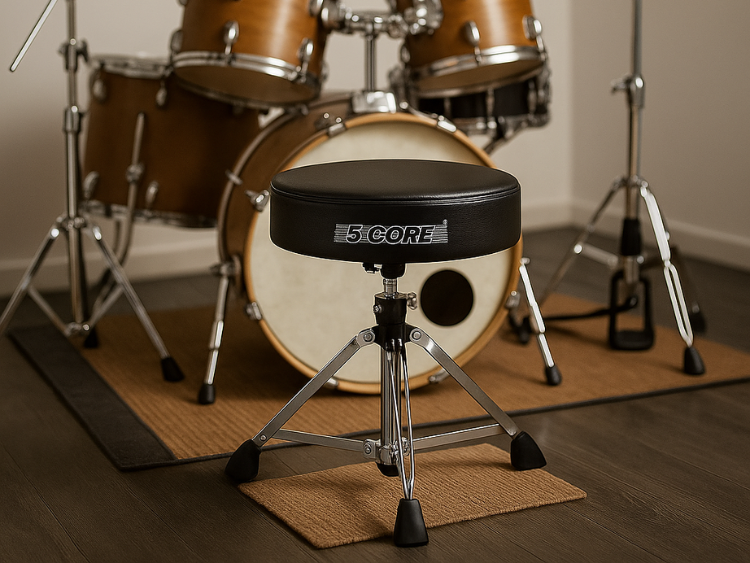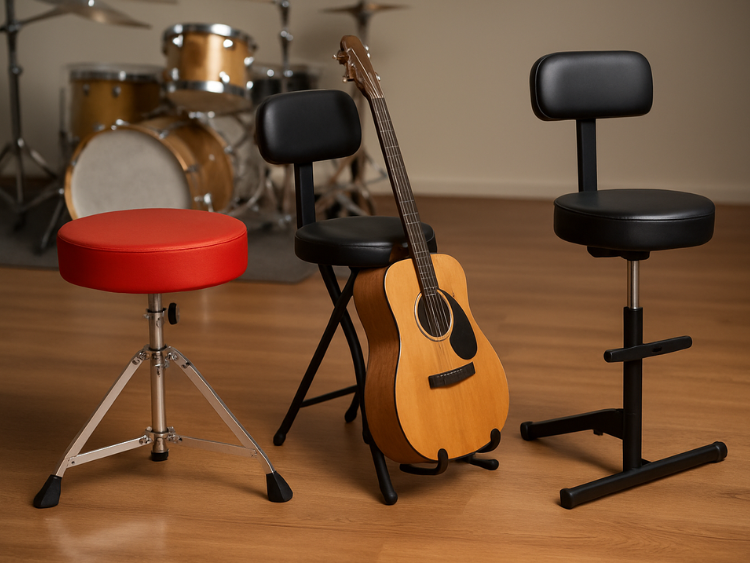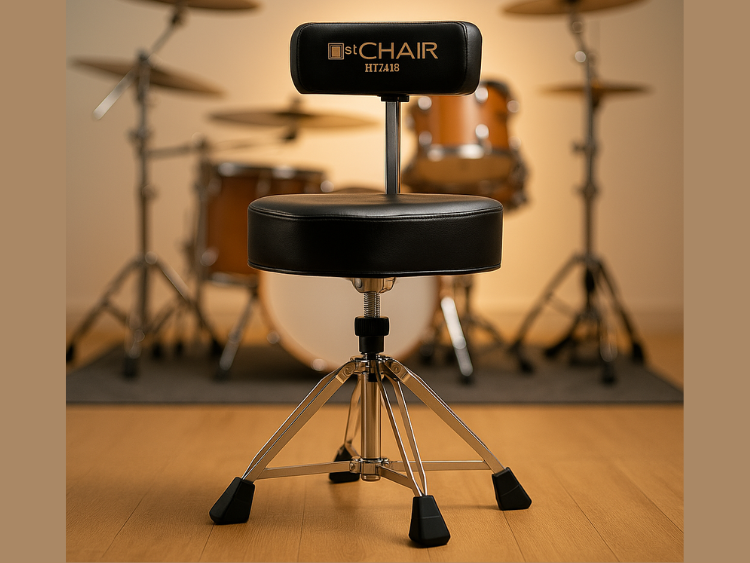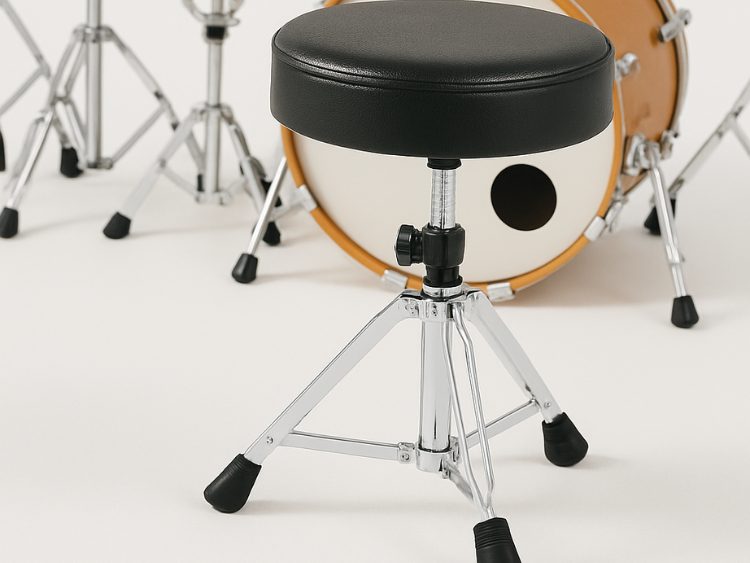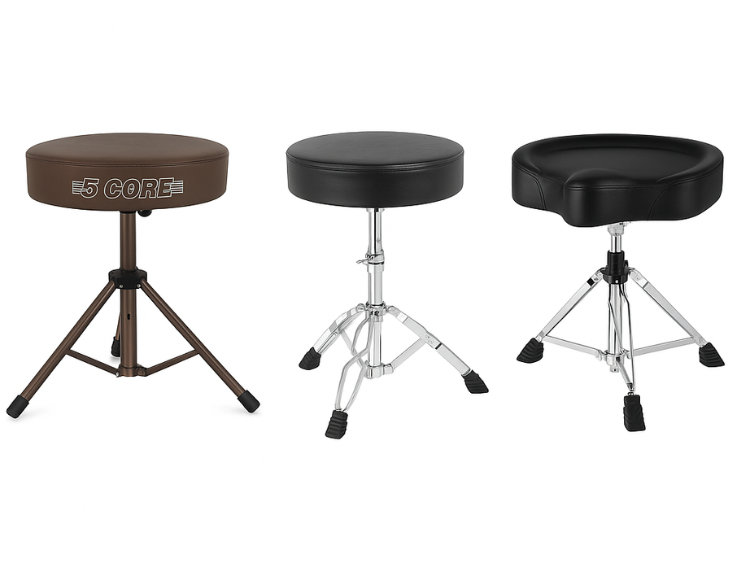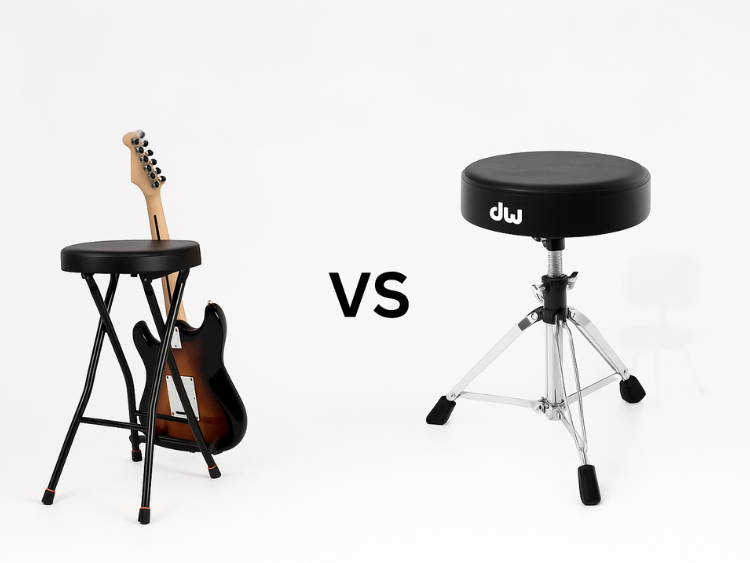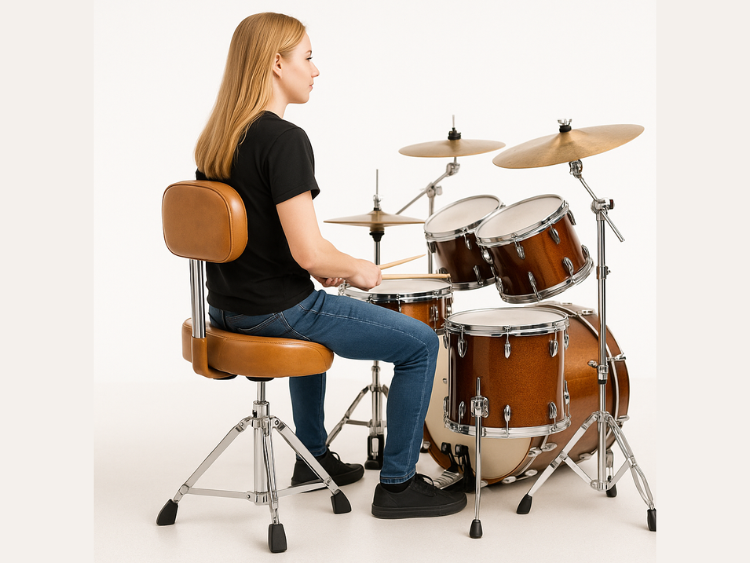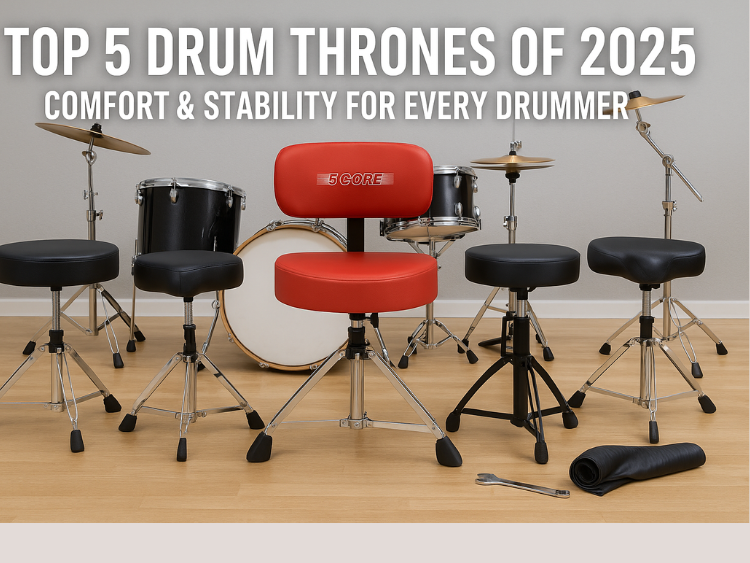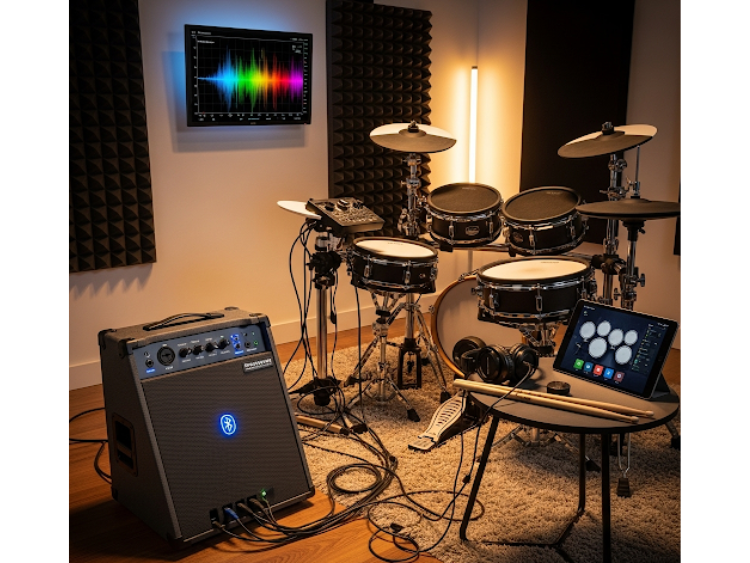Drum Amps 101: What Every Drummer Needs to Know
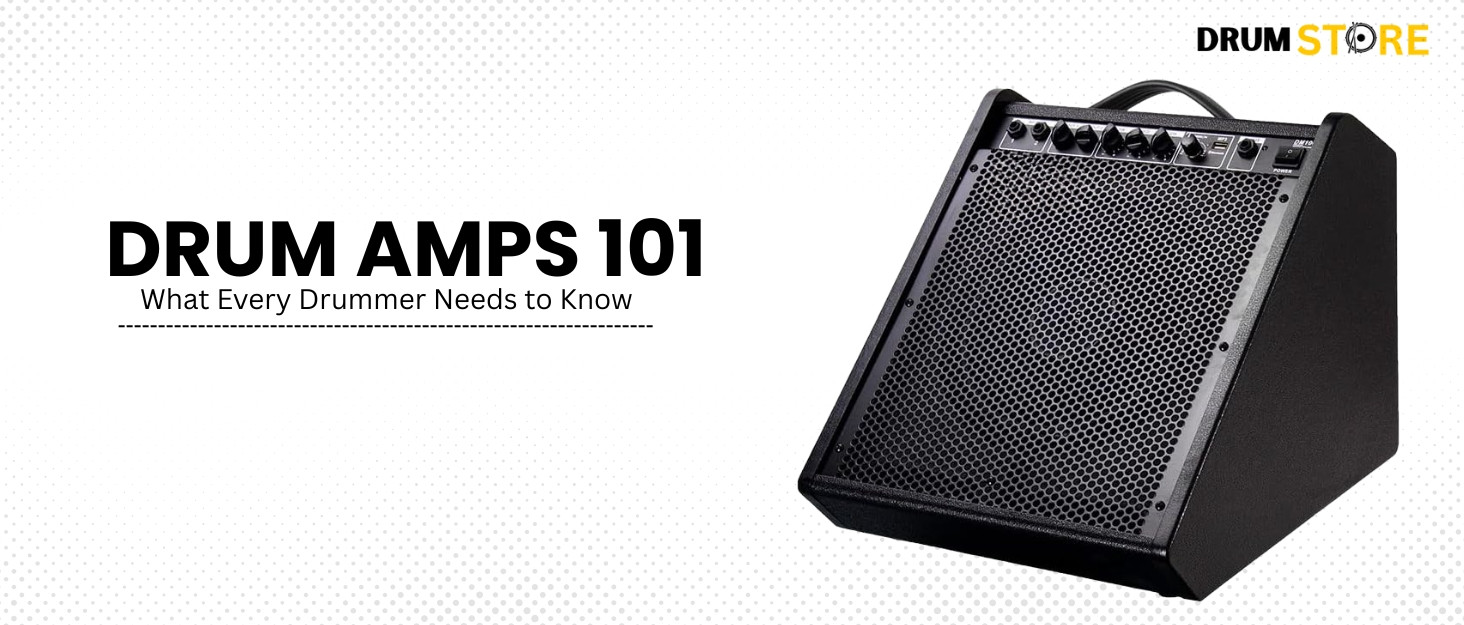
When it comes to delivering powerful, clear sound for live shows or practice sessions, a drum amp is an essential piece of gear for drummers. Choosing the right amplifier for drummers can significantly impact how your acoustic or electronic drums are heard by the audience and how you monitor your own playing. This beginner-friendly guide will explain the basics of drum amps, their key features, and how to select the best amplifier to suit your drumming needs.
Understanding Drum Amps and Their Purpose
What Is a Drum Amp?
A drum amp is a specialized amplifier designed to handle the unique frequencies and dynamics produced by drum kits. Unlike guitar or vocal amps, drum amplifiers are built to deliver full-bodied sound with enough power and clarity to reproduce low-end thumps and sharp high-frequency hits simultaneously. They are commonly used for electronic drum kits, acoustic drum reinforcement, and percussion setups.
According to the Wikipedia article on guitar amplifiers (which includes sections on amplifiers for other instruments), amplifier design varies significantly based on the instrument’s sound profile and performance needs.
Why Do Drummers Need a Dedicated Amplifier?
Drum sounds contain a wide range of frequencies—from the deep bass of the kick drum to the high shimmer of cymbals. General-purpose amplifiers often fail to reproduce this spectrum accurately. A drum amp is engineered with a speaker and equalization settings tailored to drum frequencies, ensuring your sound remains crisp and balanced, especially in live environments.
Key Features to Look for in an Amplifier for DrummersPower and Wattage
The power output of a drum amp, measured in watts, determines how loud and clear your sound will be. For most practice and small gigs, 50 to 100 watts is sufficient. Larger venues or outdoor performances often require amps exceeding 200 watts.
A recent report from Statista on the audio equipment market shows a rising trend in powerful amplification solutions, reflecting the demand for high-performance gear among musicians.
Speaker Size and Type
Drum amps usually feature larger speakers—10 to 15 inches in diameter—to handle the wide dynamic range and low frequencies. The type of speaker cone affects tonal response, so look for amps with quality speaker components to ensure a balanced sound.
Inputs and Connectivity
Many amplifiers for drummers offer multiple inputs, allowing you to connect various drum pads, triggers, microphones, or auxiliary devices. Some models include built-in effects, EQ controls, and headphone outputs for versatile practice and performance options.
How to Choose the Right Drum AmpConsider Your Drum Setup
If you play an electronic drum kit, look for amps specifically designed for electronic drums with clear mids and highs. For acoustic drum reinforcement, a more powerful amp with a broader frequency response is ideal.
Venue Size and Application
Small practice rooms need less wattage, while large stages require amps that can project sound clearly over ambient noise. Portability may also be a factor if you frequently transport your gear.
Budget and Brand Reputation
Investing in a reliable drum amp from established brands ensures durability and sound quality. Reading user reviews and consulting gear forums can provide insight into amp performance and customer satisfaction.
Additional Tips for Maximizing Your Drum Amp Experience
Placement: Position your amp to minimize feedback and maximize sound dispersion. Using a stand or isolation pad can help.
Maintenance: Regularly check cables, clean inputs, and avoid overdriving the amplifier to prolong its lifespan.
Volume Management: Avoid cranking the amp to maximum volume continuously, as this can cause distortion and damage.
Conclusion
Selecting the right amplifier for drummers is crucial to achieving clear, powerful sound in both practice and live performance settings. Understanding the essential features such as power output, speaker size, and connectivity helps you find an amp that matches your specific drum setup and venue needs. Whether you are an electronic drummer or seeking to reinforce acoustic drums, investing in a dedicated drum amp enhances your playing experience and audience impact.
By choosing wisely and caring for your equipment, your drum amp will be a reliable partner in every beat you play.
Unleash powerful beats with the 5 Core Drum Amplifier. Get crisp, clear sound designed for drummers. Order yours today and play loud!
